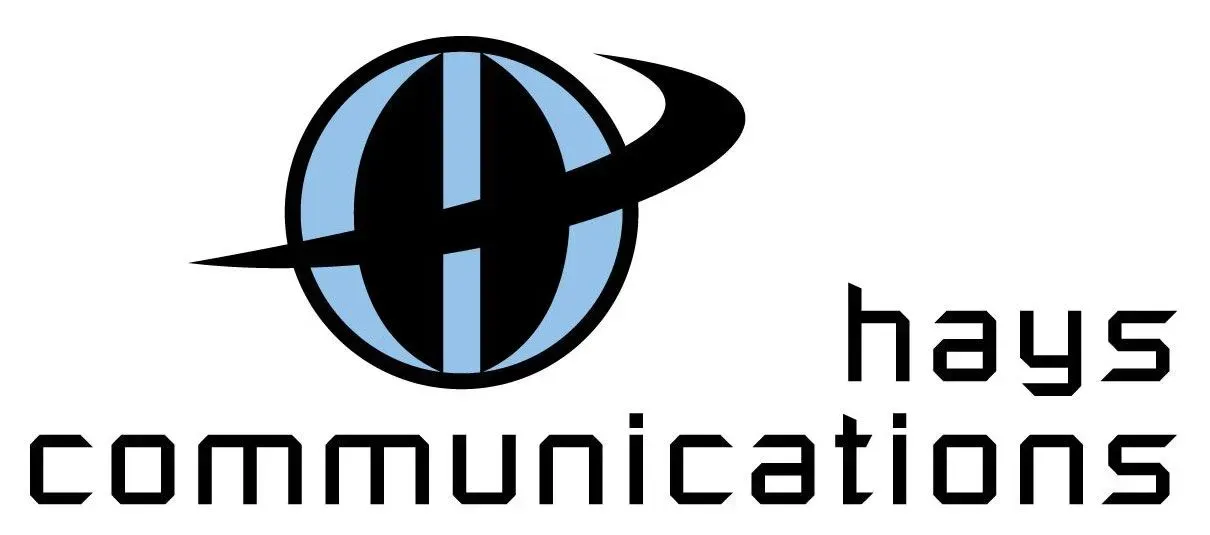Natural Language Processing: Making IT More User-Friendly

Ever wished your computer could just understand you? Like really understand you—plain and simple, without all the tech-speak? That’s exactly what Natural Language Processing (NLP) is working to make possible. And it’s already transforming how we interact with technology in our daily lives, especially when it comes to customer service, smart devices, and communication tools.
In this article, we’ll break down what NLP is, how it’s changing the face of technology, and why it’s becoming essential for improving communication systems in places like Lubbock, TX and beyond.
What Is Natural Language Processing?
At its core, NLP is a branch of artificial intelligence that helps computers understand, interpret, and respond to human language. It bridges the gap between human communication and machine logic.
Instead of having to click through endless menus or use exact commands, users can now talk or type naturally—and the system gets it. Think of virtual assistants like Siri or Alexa. When you say, “Remind me to call Mom tomorrow,” they don’t need code—they understand intent.
NLP involves several complex tasks like:
- Speech recognition (converting voice to text)
- Text analysis (understanding grammar, meaning, and context)
- Machine translation (like Google Translate)
- Sentiment analysis (detecting tone or emotion)
These capabilities are making software more intuitive, especially in business communication platforms.
Why It Matters for Communication Systems
In a world where speed and clarity are everything, businesses need tools that adapt to human behavior—not the other way around. That’s where NLP steps in.
Modern telecommunication systems are now integrating NLP to help users communicate more effectively—whether it’s through chatbots that understand local slang or software that auto-generates responses based on a conversation’s tone.
For residents and business owners in Lubbock, TX, this means better access to faster, more reliable customer support and smarter internal tools. Whether you're running a local service business or managing remote teams, NLP-powered platforms reduce confusion and help information flow freely.
Case Study: Real-World Impact in Small Businesses
Take the example of a small HVAC company in Lubbock that recently updated its customer service platform. Before NLP, clients had to navigate a phone tree or wait for human reps. Now, an intelligent chatbot—trained on NLP models—can handle 70% of incoming questions within seconds, using plain language.
This improvement didn’t just save time—it boosted customer satisfaction scores by 40% in under six months. The system understands regional terms like “cooler unit” or “dust storm filters,” making the experience feel local and personal. And when needed, it routes complex issues directly to staff with a full transcript of the conversation.
How Hays Communications Is Supporting This Shift
Forward-thinking companies like Hays Communications are at the forefront of bringing user-friendly solutions to local businesses. By integrating NLP into their communication services, they’re helping Lubbock businesses stay competitive while reducing the learning curve for employees and customers alike.
Whether it’s smarter phone systems, AI-driven messaging tools, or real-time language translation, Hays Communications understands that technology should work with people, not against them.
The Future of User-Friendly IT
We’re just scratching the surface of what Natural Language Processing can do. As models become more accurate and culturally aware, we’ll see even more seamless human-machine interaction:
- Voice-driven controls in cars and homes
- Multilingual support in customer service
- Instant documentation summaries and email drafts
For everyday users in Lubbock and other growing tech-forward cities, NLP is turning complex IT into something you can talk to, like a helpful assistant instead of a cold interface.
Ready to explore smarter communication tools? Talk to a local provider who knows the language of Lubbock—figuratively and literally—and see how NLP can simplify your digital life.






